Our Verdict
The Canon EOS R5 remains the best Canon camera for most uses, and one of the best stills cameras full stop. Two years after release, it's proved to be everything the professional workhorse we'd hoped for thanks to superb autofocus, super rapid burst shooting and the added bonus of up to 8K video. If you’re looking for a camera for video specifically, this isn’t it, due to the recording limits at higher resolutions, but it’s one of the best for stills and hybrid shooters who want occasional video, and particularly for sports and wildlife photographers.
For
- Stunning image quality
- Best-in-class autofocus and IBIS
- Super-fast burst shots
- 8K video at 30fps and 4K at up to 120fps
Against
- Recording limitations with higher res video
Why you can trust Creative Bloq
In this Canon EOS R5 review, I take a closer look at what was one of the most highly anticipated cameras in recent years. The R5, which was released in July 2020, wasn't Canon’s first full-frame mirrorless camera; that was the EOS R, released in 2018. But the EOS R was almost a teaser for the EOS R5, which was the first mirrorless aimed at professionals and a clear descendant of the popular workhorse DSLR, the EOS 5D Mark IV.
The EOS R5 takes the excellent functionality of the EOS 5D Mark IV and adapts it to the mirrorless format, but does it offer enough extra to be worth upgrading to? And is it worth paying an extra $1,200 / £1,300 if you’re other option is the 5D?
With the mirrorless camera arms race in full swing, the equation’s since become more complicated as new competitors emerge, even from Canon itself. It's just released a new version of the R5 (yes, already!) in the form of the R5 C, and it also has the even more expensive R3. So where does the R5 stand today, and is it still the best Canon camera to buy?
I got it back in 2020, so I’ve now had plenty of time to test it out and see if it still serves its place in our list of the best cameras overall. I've used the camera for over 18 months for both stills and video, including for portrait, product and wildlife photography and in a wide range of conditions, including low light (see our how we test page for details on how we review products at Creative Bloq).
Canon EOS R5 review: features
- Sensor: 45MP full-frame CMOS 36 x 24mm
- AF positions: 5,940
- ISO range: 100-51,200 (expandable to 50-102,400)
- Stabilisation: 5-axis, up to 8 stops
- Max burst: 12fps mechanical shutter, 20fps electronic shutter
- Video: 8K at up to 30fps, 4K at up to 120fps, FHD at up to 120fps
- Viewfinder: 0.5in OLED, 5,690k dots, 100% coverage
- LCD: 3.15in fully articulating touchscreen, 2,100k dots |
- Connectivity: Wi-Fi, Bluetooth 4.2, USB-C, micro HDMI (type D), microphone, headphone, N3 remote, flash sync |
- Size: 135.8 x 97.5 x 88mm
- Weight: 650g body only (738g with card and battery)
Just glancing at the R5's specs, we can see that almost every one of them is still a major selling point. Despite being primarily a stills camera, perhaps the biggest headline feature is that full-width 8K raw video. This deserves a chapter of its own, so we’ll come back to that later.
Elsewhere, we’re spoilt for features, starting with the 45MP CMOS full-frame sensor with a low-pass filter design that was introduced on the hugely expensive EOS-1D X Mark III (a lot of the tech came from that flagship DSLR). This remains the highest resolution you can get with a Canon full-frame, though Sony's A1 and 7 beat it for resolution.
The Deep Learning AI Autofocus offers face and eye detection and tracking for both stills and video, with 5,940 AF points for photography and 4,500 for video. The continuous shooting speed is level with the 1D X III (20fps via the electronic shutter and 12fps using the mechanical shutter). And we get the addition of 5-axis in-body stabilisation with up to 8 stops of CIPA-rated stabilisation – this depends on the lens and offers the most benefit with Canon’s RF lenses designed specifically for the R range of cameras, but it offers at least some benefit with any lens, making the specs pretty impressive all round.
Canon EOS R5 review: build and handling

The R5 feels pretty heavy in the hand compared to the EOS R but it’s notably lighter than the 5D IV, which now feels like a dinosaur in comparison. I've been glad of that reduction in weight since some of the RF lenses are slightly on the large size (although not all of them).
Having used it for months now, I find the camera's handling is very comfortable, combining the best parts of the 5D Mark IV and the R. The top of the camera looks a lot like the latter, but on the back, you get a good old joystick for adjusting AF position, which, call me old fashioned, but I really like having even if you can simply use the touch screen.
On which note, the fact that the LCD screen is fully articulating (as opposed to the Nikon Z7 and Sony A7, which only have tilting screens), has proven to be even more useful than you might imagine, to the point that I don't know how I did without it before when taking shots from low angles. I’ve certainly been getting down on the ground a lot less.

Personally, I find the layout more comfortable than the EOS 5D IV, but the camera doesn’t feel as rugged – yes it has weather sealing and it’s withstood a good few knocks, but, psychological or not, it definitely still feels a little more delicate than its mirror-packing older brother. Like with any professional camera, the amount of settings and buttons will be overwhelming for anyone starting out, and we don't recommend this as the best camera for beginners, but almost all buttons and dials can be programmed to do what you want (or not do what you don't want, which can help if you tend to hit the wrong button at times).
The system of menus will be very familiar to anyone who's used a Canon before, and I find it intuitive and easier to navigate – and less anxiety-inducing – than the menus on comparable cameras from Sony and Nikon. In terms of ergonomics overall, the R5 is hard to beat.

As for connectivity, Wifi and Bluetooth haven't always been 100% dependable for me, partly due to Canon’s slightly clumsy app. They're nice to have, although I tend to still use the cards or the USB cable to transfer images. The 2,130mAh battery gives the R5 something of the extra capacity it needs to power the electronic viewfinder, but inevitably the battery lasts a lot less than on a DSLR.
It’s CIPA rated for 320 shots per charge using the screen, or 220 shots per charge with the EVF. I’ve managed to get more than that, particularly with the EVF, Wifi and Bluetooth switched off. Eco mode also helps if the screen darkening so quickly isn’t a problem for you.
Canon EOS R5 review: performance
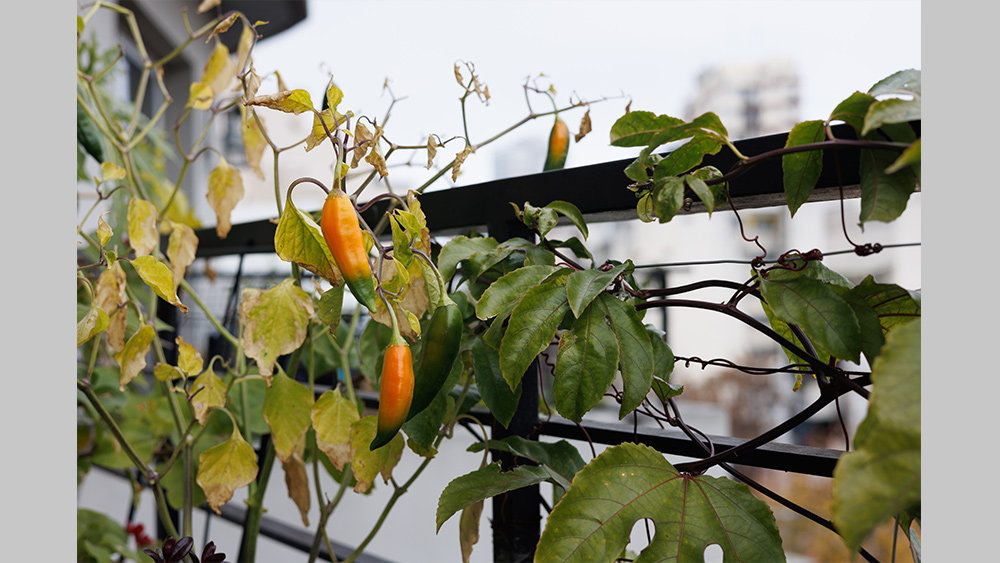

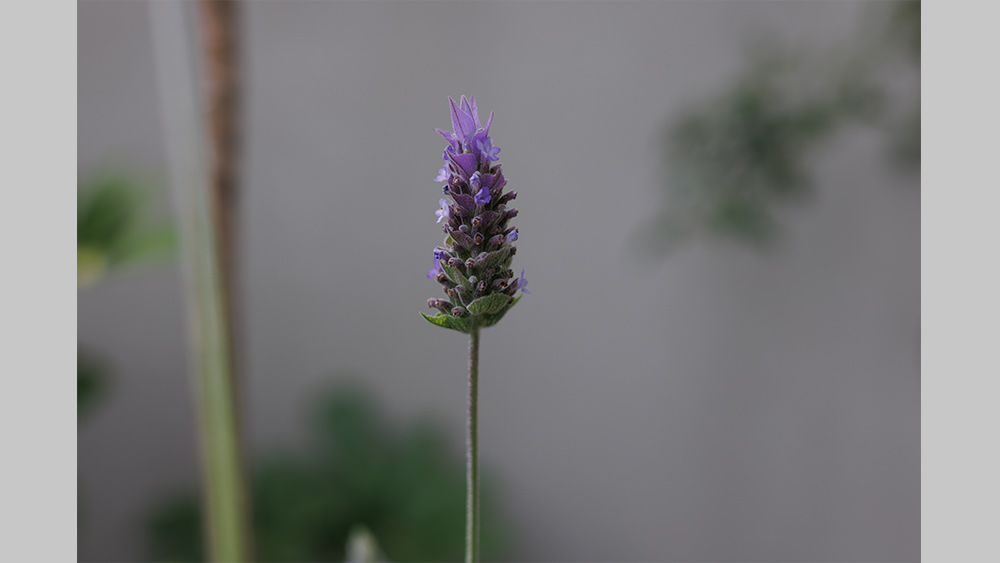


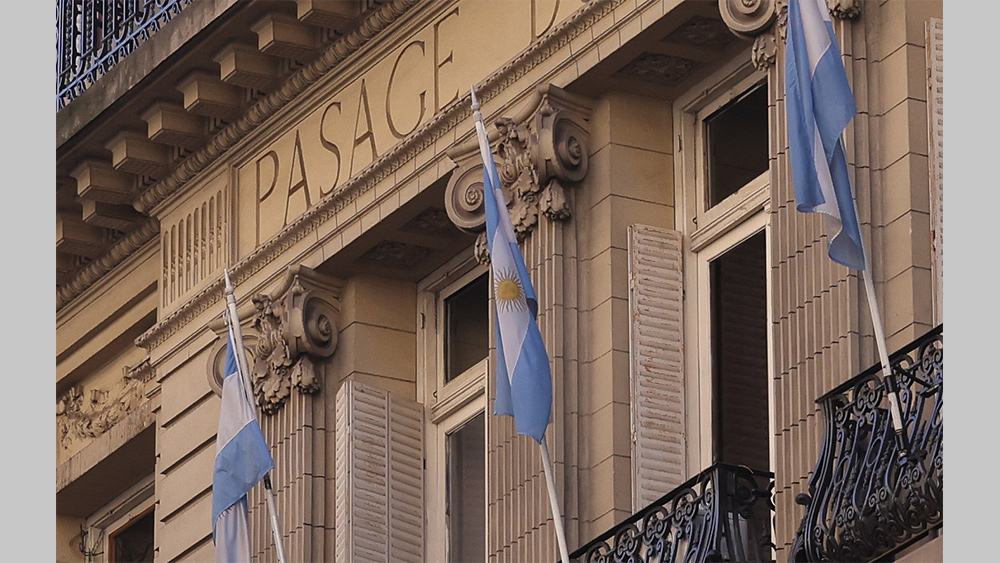
Performance is outstanding pretty much across the board when it comes to stills. The R5's 45MP photographs are fantastically crisp in detail, and most impressive of all is that autofocus, which offers creepily accurate eye, face and head tracking – for animals as well as humans, making it an absolute game-changer for wildlife photographers.
Although Canon only certifies it for cats, dogs and birds, I’ve found that it works on really anything that has what we ourselves could recognise as a face with eyes: rodents, lizards and even dragonflies when hovering. Basically, if you point your camera at an animal with eye tracking enabled in continual focus, or holding down back-button focus, the R5 will recognise, and track its eyes. It works even better with people, and can usually continue tracking the subject even when another object cuts across the shot.
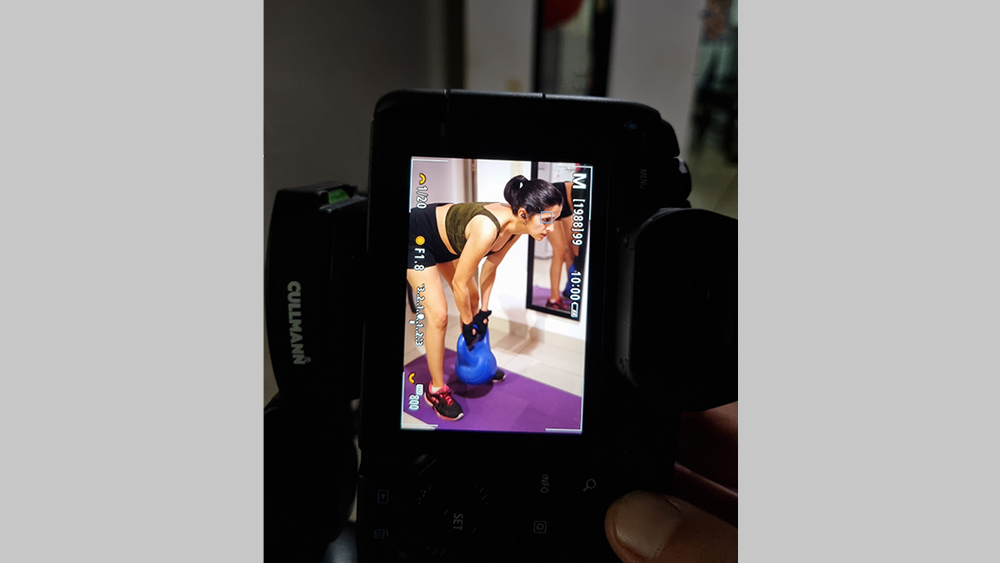
The R3, released in November 2021, has an updated version of the Dual Pixel CMOS AF II system that can lock on even faster, but the R5’s system is so fast it’s hard to humanly tell the difference. Where the R3 autofocus does offer an improvement is that it can recognise and track vehicles and helmets (for example for racing drivers). If you’re a professional sports photographer that, and the faster 1/64,000 shutter speed and 30 fps burst, might justify the extra $2,000 that it costs, but for most people it won't.
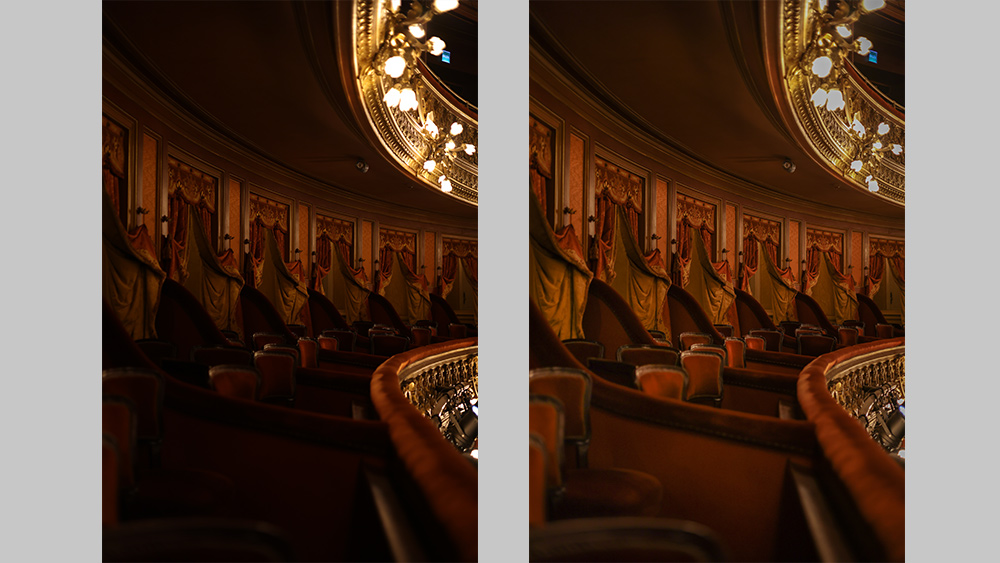
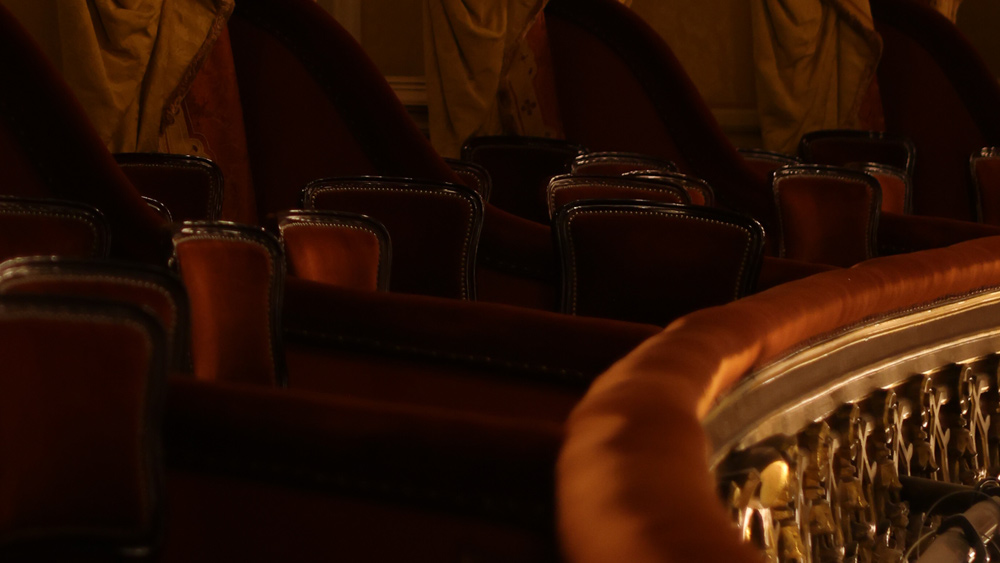

The image stabilisation is also outstanding and can make a massive difference when shooting in low light with a long shutter speed or with a long lens. Curiously, ISO performance and dynamic range is actually slightly lower than on the 5D Mark IV, though, so you can get slightly noisier images at high ISOs (also a result of the high resolution).
That said, the camera handles dark and high-contrast scenes well and it's not hard to get detail back from shadows and highlights. Just make sure you have good photo editing software to be able to make the most of your shots.
Canon EOS R5 review: video
The EOS R5 is designed primarily as a stills camera, but it went big on video as the first stills camera to offer full-width 8K raw recording. How practical that is though is another matter. Recording 8K raw video on a relatively compact stills camera sounded a little too good to be true and the resulting overheating issue has become infamous.
Is this really an issue two years on? Yes and no. Firmware updates have to a degree reduced the problem of the warning messages triggering earlier than necessary, but the issue of the overheating itself is still there in the sense that it puts limits on how long you can record in higher resolutions (8K and 4K from 60fps). Whether that will be an issue for you depends on what you want to do. You should be able to get up 20 minutes of 8K recording at a time, and few of us are going to be in situations where we want to record more than that.
The problem is more the accumulation of heat (especially if you're combining stills photography) and the influence of external temperature. I've found I can generally leave the camera for 10 minutes and then get another 10 minutes of shooting, but it can be hard to predict how long you'll be able to record for and how long you'll need to leave the camera to recover when these variables come into play.
Professionals that need the ability to produce 8K video are going to want a camera designed more specifically for video (in fact, you could consider the new version of the R5, the EOS R5 C, which was released in April 2022. It's around $600 / £600 more expensive and sacrifices the IBIS for a cooling fan to allow unlimited recording). I'd take the 8K ability of the R5 as more of a bonus for occasional use. Also bear in mind that to work with 8K you'll need a powerful computer to even open the files, let alone edit them, and you'll need to use a CFexpress card rather than an SD card to record internally.
Perhaps more interestingly in video for the majority of users is the ability to shoot 4K from 8K and 4K at 120fps (100fps PAL), although this is also limited to around 20 minutes. 4K at 30p is also crystal clear and has caused no overheating issues at all for me (recordings are limited to 30-minutes per single file as usual, but you can record as many files as your storage will permit). For a regular go-to video mode for hybrid shooters, 4K crop is also stunning and looks almost as good as the HQ 4K (and unlike with 8K and 4K, you can record it to an SD card).
As for more pedestrian FHD video, it's smooth and clear at 120fps and will serve perfectly for many still photographers who want occasional video. Video benefits from the same in-body stabilisation and autofocus as stills, allowing the ability to track subjects and to get smooth footage while walking to follow a subject even without a gimbal in many cases.
Canon EOS R5 review: should you buy it?
So is the Canon EOS R5 a good buy, and is it worth the RRP of $3,899 / £4,299? For a lot of people, yes. As a stills camera, it's almost perfect. If you're a photographer or a hybrid shooter who skips between photography and video, the Canon EOS R5 is one of the best cameras you can have the pleasure of using right now, and unless you have the very specific needs of the R3, it's really the best camera you can buy.
If you're a beginner, you probably don't want to, and certainly don't need to spend this amount of money on a camera. You're probably better off going for a lighter and cheaper device such as one of Canon's new APS-C mirrorless cameras, the R7 and R10. But if you're a professional wanting to make the shift from a DSLR like the EOS 5D Mark IV to a mirrorless, this is the camera you'll want, and it's a notable upgrade, from ergonomics to image quality, and most notably in the autofocus and IBIS.
If you're an enthusiast looking to step up to a professional camera then this is probably the most expensive camera you should consider getting if you can justify the price tag. Certainly, anything more than this would be overkill. If you don't need such high resolution for the ability to crop or blow images, you might want to consider the cheaper R6 or even a DSLR like the 5D Mark IV.
Note that the difference in price becomes even more significant when you factor in lenses. Most of Canon's own RF lenses for its mirrorless cameras are very expensive, whereas EF lenses for its DSLR are coming up for sale second-hand at very reasonable prices as photographers upgrade.
Four years on from the launch of the R range, there are still very few third-party lenses available, with the exception of some good Laowa wide-angle and macro options. That means you either have to buy an EF mount adapter, or stomach the expense of Canon's RF lenses. This is maybe one of the main reasons right now that you might opt for a Nikon or Sony rather than the EOS R5.
With Nikon’s Z9 delayed, the nearest competitor remains the Nikon Z7, which offers comparable resolution but can’t compete with many headline features of the R5, particularly the autofocus and shooting speed. And, for now, only the 2021-released Sony Alpha 1 can shoot 8K and 4K at 120fps video, and that's $2,000 / £2,000 more expensive. For the moment at least, for our money, the R5 remains the best buy for a professional mirrorless full-frame camera for still shooters.
Read more: The best camera for streaming

Thank you for reading 5 articles this month* Join now for unlimited access
Enjoy your first month for just £1 / $1 / €1
*Read 5 free articles per month without a subscription

Join now for unlimited access
Try first month for just £1 / $1 / €1
out of 10
The Canon EOS R5 remains the best Canon camera for most uses, and one of the best stills cameras full stop. Two years after release, it's proved to be everything the professional workhorse we'd hoped for thanks to superb autofocus, super rapid burst shooting and the added bonus of up to 8K video. If you’re looking for a camera for video specifically, this isn’t it, due to the recording limits at higher resolutions, but it’s one of the best for stills and hybrid shooters who want occasional video, and particularly for sports and wildlife photographers.

Joe is a regular freelance journalist and editor at Creative Bloq. He writes news, features and buying guides and keeps track of the best equipment and software for creatives, from video editing programs to monitors and accessories. A veteran news writer and photographer, he now works as a project manager at the London and Buenos Aires-based design, production and branding agency Hermana Creatives. There he manages a team of designers, photographers and video editors who specialise in producing visual content and design assets for the hospitality sector. He also dances Argentine tango.

